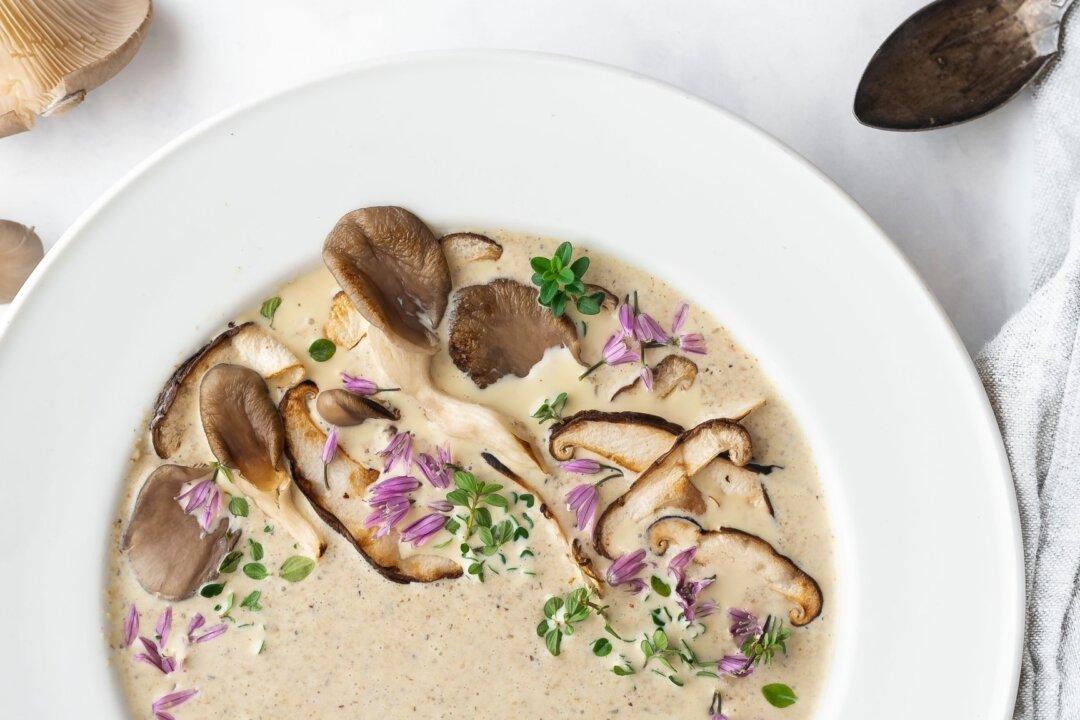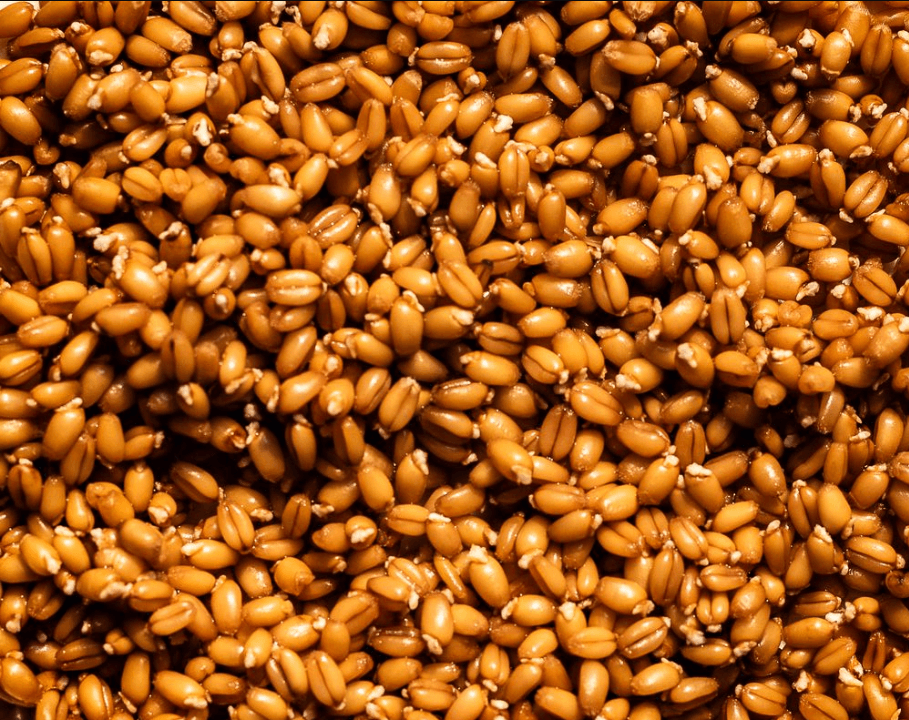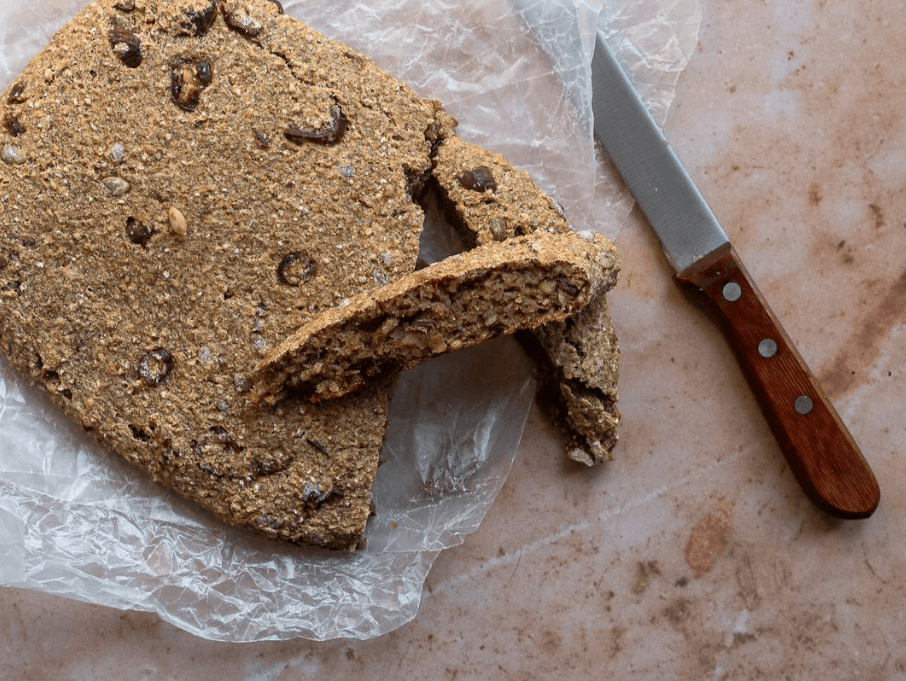As summer’s sunny days yield to the darkened cold of autumn, forests pop with wild mushrooms. Autumn rains dampen the dense substrate of soil, spent fir needles, and fallen trees that provide the perfect environment for some of the most delicious treasures you can find.
Mushrooms may look like singular bodies popping up from the surface of the soil, but there’s more to them than meets the eye. The fruiting bodies that you see actually grow from a complex expanse of tendrils, known as the mycelium, that rests hidden within the soil and other debris on the forest floor. From there, mushrooms, both edible and otherwise, perform a vital role in forest ecosystems.





